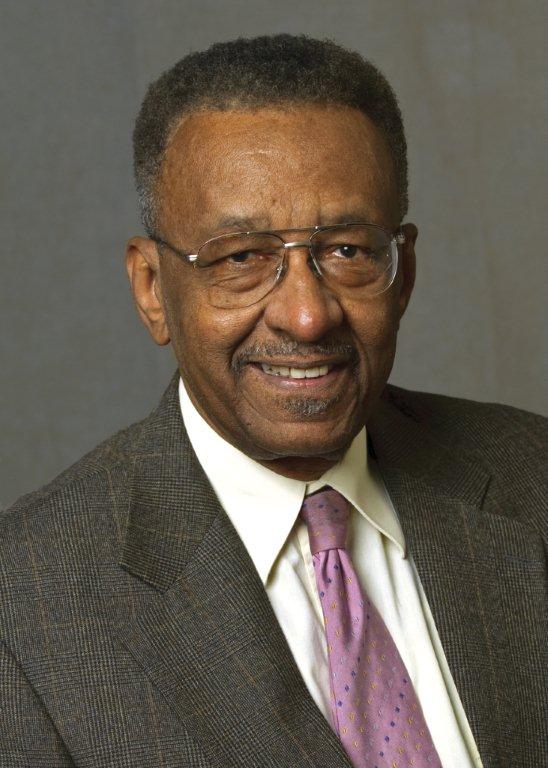Hundreds of readers responded to last week’s column about airport security. These were letters from Americans who fit no terrorist profile – airline pilots, mothers traveling with children, disabled people, elderly and other law-abiding Americans – and yet were frisked, groped and hassled. The Transportation Security Administration (TSA) behaves as if all passengers and all baggage pose an equal security threat, and that’s stupid, because not nearly all passengers and baggage pose a security threat. They’ve seized articles such as tweezers, toy soldiers, hat pins, sewing scissors and other items they deem as threatening to flight security.
I’ve solved my problem with the TSA. They have their procedures, and I have mine. Mine include minimizing my exposure to stupidity. Therefore, where I used to board a commercial flight three or four times a month, over the last three years, I’ve reduced it to once, maybe twice, a year.
Some of the letters reported more stupidity on behalf of the TSA than I imagined. I’ll highlight some of them. One person wrote that he, his wife and son were stopped, questioned and searched at length by TSA and FBI officials. It turned out there was a terror alert for a person named Harry Smith (not the true name). The couple’s 5-year-old son’s name was also Harry Smith. How much brains do you think it requires for the FBI and TSA to immediately realize that their 5-year-old son was the wrong Harry Smith?
Another writer wrote about his 88-year-old, hunched over, arthritis-ridden father, barely able to walk, being searched, questioned and scanned and, as a result, brought to tears. Airline pilots going through security are searched and asked to empty their pockets, even though they wear photo identification tags and the TSA accepts the fact that they’re indeed pilots. Here’s my question: If a pilot wanted to fly a plane into a building, would he need a weapon to do so?
There’s little threat of another 9-11 hijacking event. First, sky marshals are randomly assigned to flights. But more important than that is if a hijacking occurred, passengers, knowing they were being flown to their death, would subdue the hijackers. Giving them greater incentive to do so is the likelihood of an F-14 fighter jet flying up to shoot the plane down. The greater threat to airport security is the placement of a bomb onboard. The TSA practice of seizing harmless personal items from passengers is a waste of resources. Fortunately, the TSA now permits some items formerly prohibited, such as knitting needles, corkscrews and cigar cutters.
Let’s apply a bit of economic analysis to the TSA. There’s little cost borne by the TSA for harassing passengers. Screeners have an eight-hour-a-day job. So if you have to wait in long lines, be harassed and miss your plane, what’s it to them, considering the docile passenger response? Many Americans accept the TSA policy, saying that it makes them feel safer. I’d ask those Americans how much safer they would feel seeing an 88-year-old arthritic man, barely able to walk, given the treatment. Asking the question whether every passenger is a security threat is similar to a munitions manufacturer asking whether every hand grenade is good. A munitions manufacturer wouldn’t pull the pin on every hand grenade to see if it was a dud. He’d devise a test, otherwise he’d bear huge costs by assuming each hand grenade had the equal probability of being a dud. Similarly, the TSA should devise a test to determine which passenger poses the higher probability of being a security threat. A good start might be to establish passenger characteristics of previous terrorist attacks.
